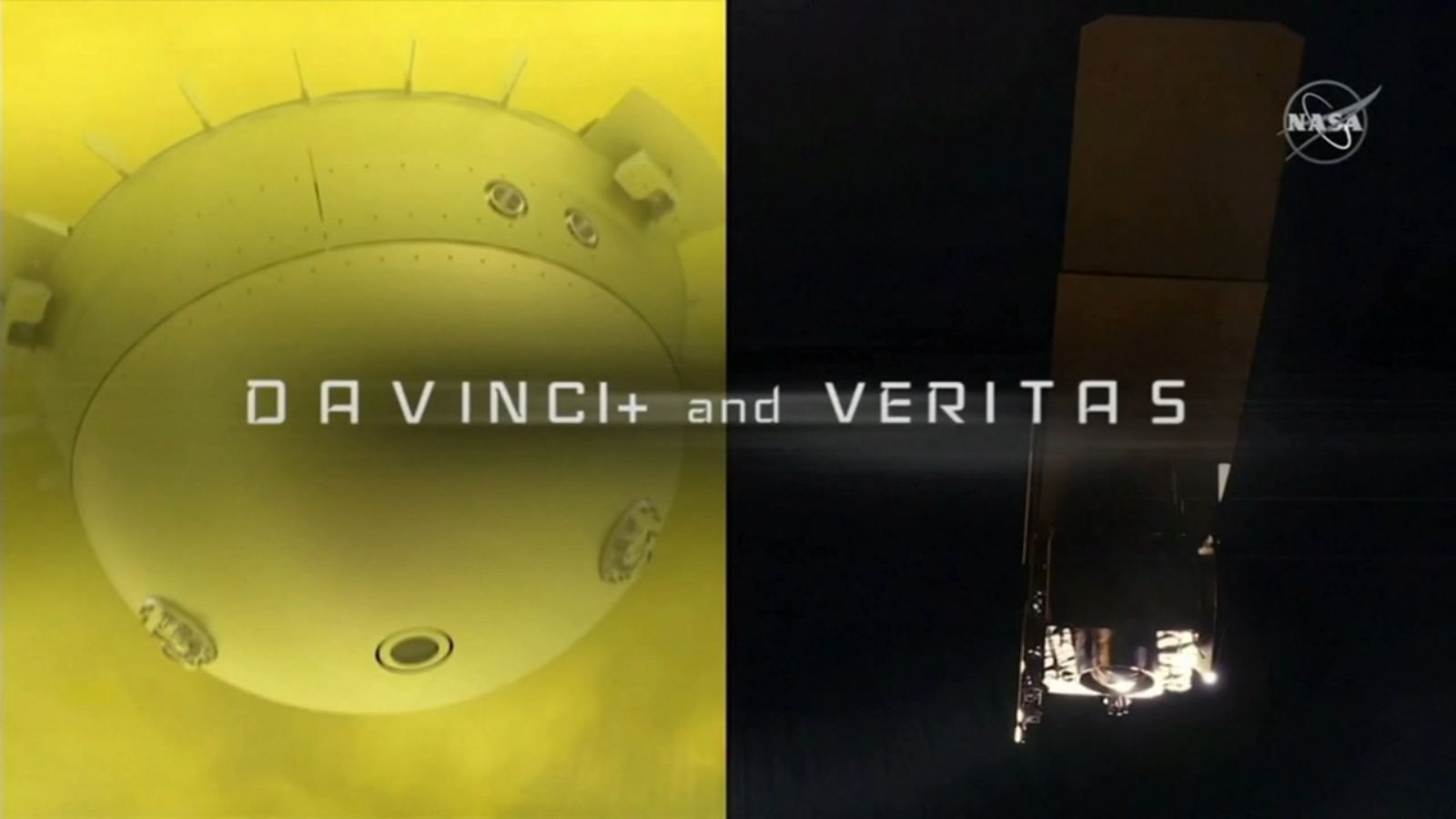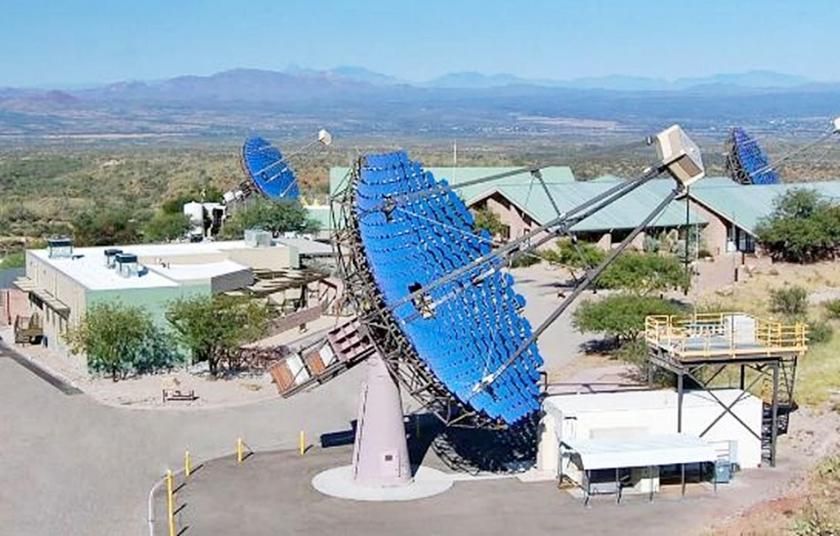NASA Trains its Sights on Venus Again in 2028
June 22, 2021 (timesnownews.com)
• With a budget of $1 billion, NASA will embark on two missions to Venus, each costing $500M. The missions – called DAVINCI+ and VERITAS – indicates renewed optimism in the second planet from the Sun and Earth’s closest neighbor. The missions are planned to launch between 2028 and 2030.
• Despite its similarities with Earth in terms of size and closeness to the Sun, it has been the belief that there is no life on Venus. Surface temperatures on Venus can rise to 471 degrees Celsius – hot enough to turn solid lead into liquid. Its atmosphere made up of largely poisonous carbon dioxide is also not conducive to life as we know it. Then last year, Phosphine – a compound of phosphorus and one of the signatures of life – was discovered in the planet’s atmosphere. This has emboldened scientists’ to question whether Venus may indeed have living organisms.
• The ‘Deep Atmosphere Venus Investigation of Noble gases, Chemistry and Imaging’ or ‘DAVINCI +’ mission aims to trace Venus’ atmospheric origins, how it originally formed and evolved, and why it differs so extraordinarily from Earth’s. Did Venus ever harbor water in the form of oceans or vapor from which life may have emerged, as it did on earth according to mainstream scientists?
• Upon its descent through the Venusian atmosphere, the DAVINCI+ module will drop a spherical probe carrying a mass spectrometer to collect samples of the atmosphere at various altitudes and return measurements back to the orbiting spacecraft to measure the mass of different molecules. DAVINCI+ will also study geological features on Venus known as ‘tesserae’ to uncover whether Venus has continents like those seen on Earth underneath its atmospheric blanket.
• The ‘Venus Emissivity, Radio Science, InSar, Topography and Spectogaphy’, or ‘VERITAS’ orbiter mission also intends to map the surface of the planet to better understand how changes in volcanic activity, climate and terrain caused the topology of Venus to evolve so dramatically differently than Earth’s topography. VERITAS will take high resolution, planet-wide topographic images of the Venusian surface, tracing its mountains and valleys. Additionally, the ‘Venus Emissivity Mapper’ instrument onboard VERTIAS will study gaseous emissions on the planet’s surface. It will also be able to detect water vapor, if any exists.

Recent years have seen Mars overwhelmingly claim the spotlight but news of NASA

greenlighting not one, but two missions to Earth’s closest neighbour, Venus indicates renewed optimism that our blue planet’s hellish twin may have much more to teach us than previously thought.
Both of NASA’s missions, DAVINCI + and VERITAS, will, reportedly, receive roughly $500 million each for development and are scheduled to launch between 2028 and 2030.
For decades, it was believed that there was no life on Venus despite the similarities it has with Earth in terms of size and closeness to the Sun. And the planet’s conditions provide good reason for this. Surface temperatures on Venus can rise to 471 degrees

Celsius – hot enough to turn solid lead into liquid. Its poisonous atmosphere made up of largely carbon dioxide is also not particularly conducive to life.
But an interesting discovery – albeit controversial, it is worth adding – made last year has

emboldened scientists’ convictions that Venus may, indeed, have living organisms. Phosphine – a compound of phosphorus and one of the signatures of life – was discovered in the planet’s atmosphere.
DAVINCI+
The discovery has been hotly debated but there is hope that the DAVINCI+ mission will finally put paid to it. The Deep Atmosphere Venus Investigation of Noble gases, Chemistry and Imaging or DAVINCI + mission primarily aims to trace Venus’ atmospheric origins, seeking to identify how it originally formed and evolved, and why it differs so extraordinarily from Earth’s.
FAIR USE NOTICE: This page contains copyrighted material the use of which has not been specifically authorized by the copyright owner. ExoNews.org distributes this material for the purpose of news reporting, educational research, comment and criticism, constituting Fair Use under 17 U.S.C § 107. Please contact the Editor at ExoNews with any copyright issue.



